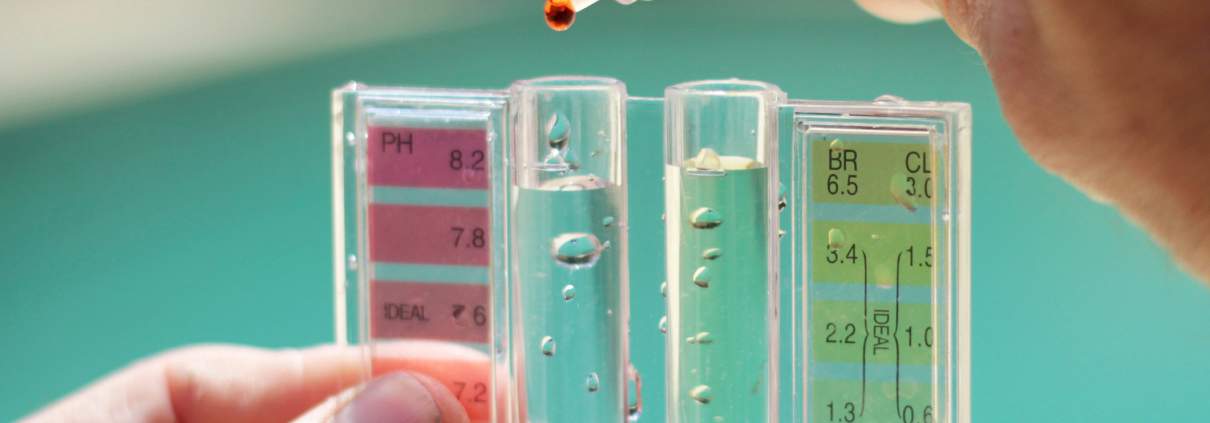How Negative pH Levels can Affect Your Pool
If you’re a homeowner with a pool, you know how vital pool maintenance can be to the safety of both your pool and your family. From chlorine levels to cleaning, you have to be vigilant in ensuring your pool is well maintained. When summer comes, you want to jump into a crystal clear, perfectly heated pool. What might keep that beautiful dream from becoming a reality? The answer is harmful pH levels.
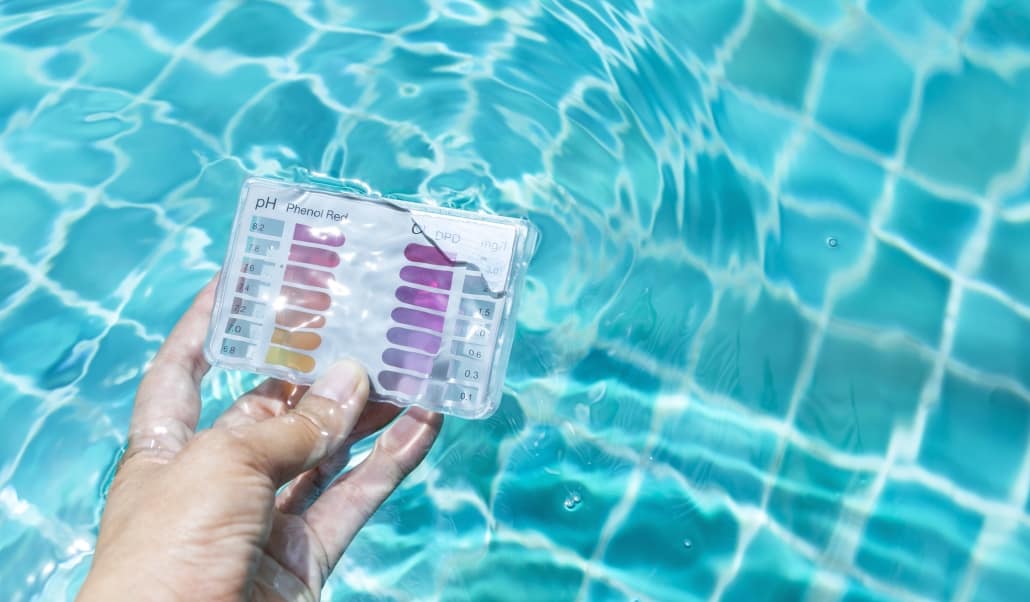
What does it mean to have harmful pH levels?
Your water’s pH level is the measure of its total acid-alkalinity balance. In simpler terms, it’s a measurement of whether the water is too acidic or too alkaline. Too much in either direction can cause troublesome chemical reactions. When water is too far on the acidic side, it can corrode your metal pool equipment such as lights, pool plaster, handrails, and heat exchangers. Acidic pools can also cause skin irritations, burn a swimmer’s eyes, or etch on your surface materials. On the opposite side, water that is too heavy on the alkaline scale can cause scaling on the plumbing equipment, the pool surface, and cloud over the water. On top of these negative side effects, too much in either direction can diminish chlorine effectiveness. Your chlorine levels will dissipate much faster and won’t have the ability to kill the pathogens present in the pool.
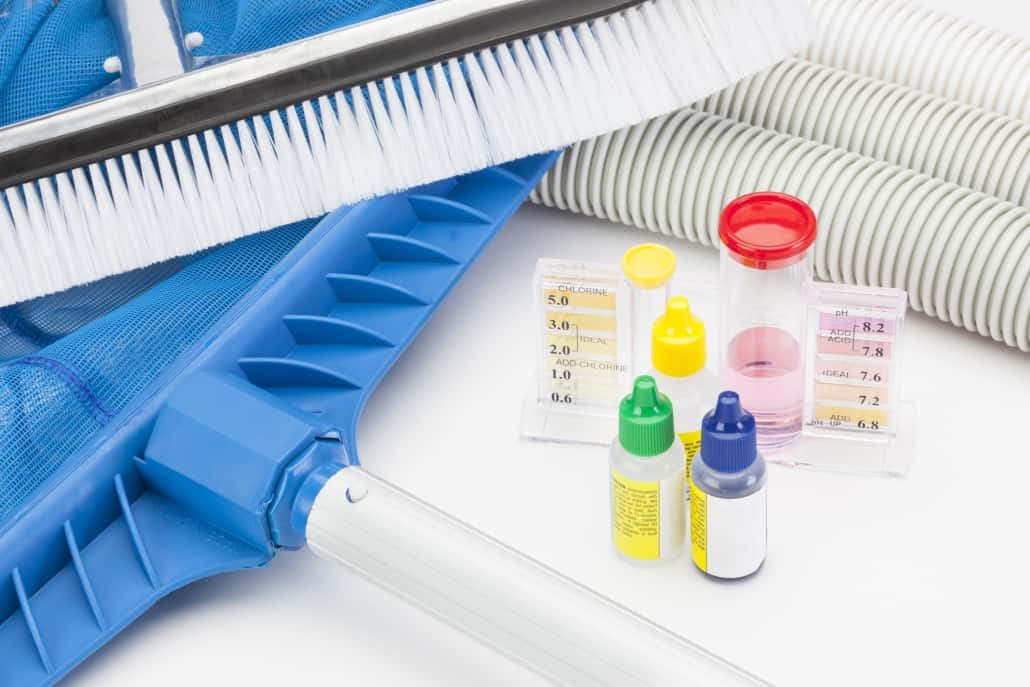
What is an acceptable pH level?
The majority of pool experts agree with the Centers for Disease Control that the recommended pool pH is between 7.2 and 7.8. A zero on the scale represents extreme acidity while a fourteen represents the extreme alkalinity. Having around a pH level of 7 is the neutral state to stay in if you want to be prepared for the coming summer time.
My pH level is too high or too low. What do I do now?
You can raise or lower your levels pretty easily. Your pool maintenance person can add in acids or alkalis to the water that will fluctuate to the proper levels. Adding in sodium bicarbonate or sodium carbonate will raise pH levels, while sodium bisulfate or muriatic acid will reduce your pH level.
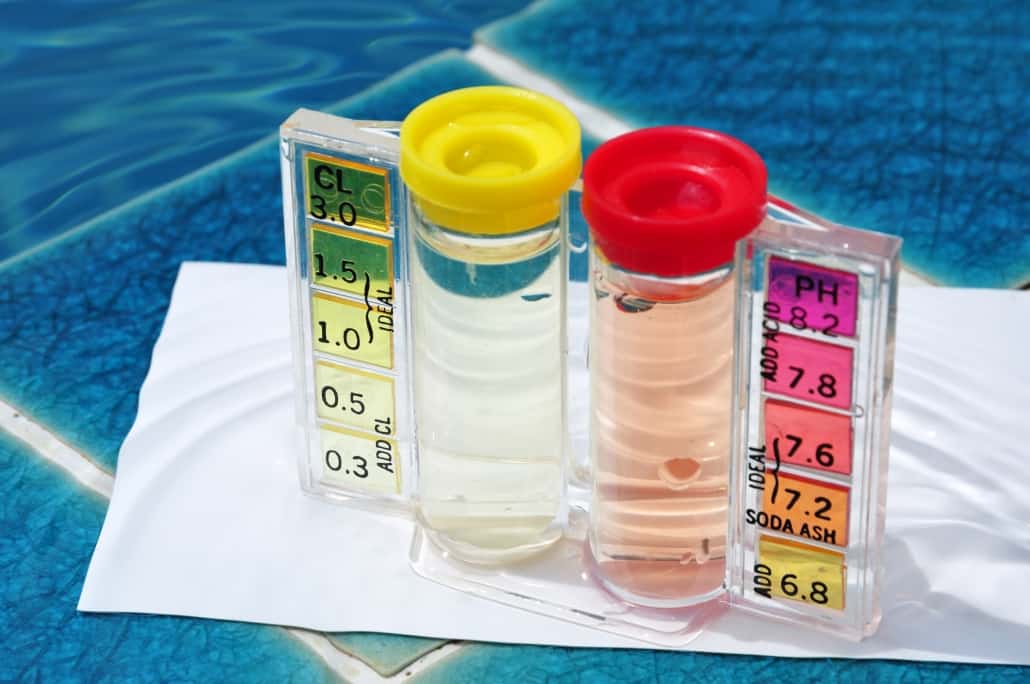
How important is it to monitor these levels?
There is a reason that pool maintenance crews come regularly. Any new element in a pool, from something as small as a swimmer with sunscreen to actual debris in the water, can affect the complete chemical makeup of your pool water. Even rain has been shown to naturally lower your pool and spas pH because of its acidity. Pool chemistry is not something you want to neglect because it can drastically impact your wallet. You’ll find yourself having to replace everything from chlorine and pool toys to swimwear and googles more often than usual. By monitoring and maintaining these levels successfully, you’re ensuring your pool has longevity and lasts a lifetime.
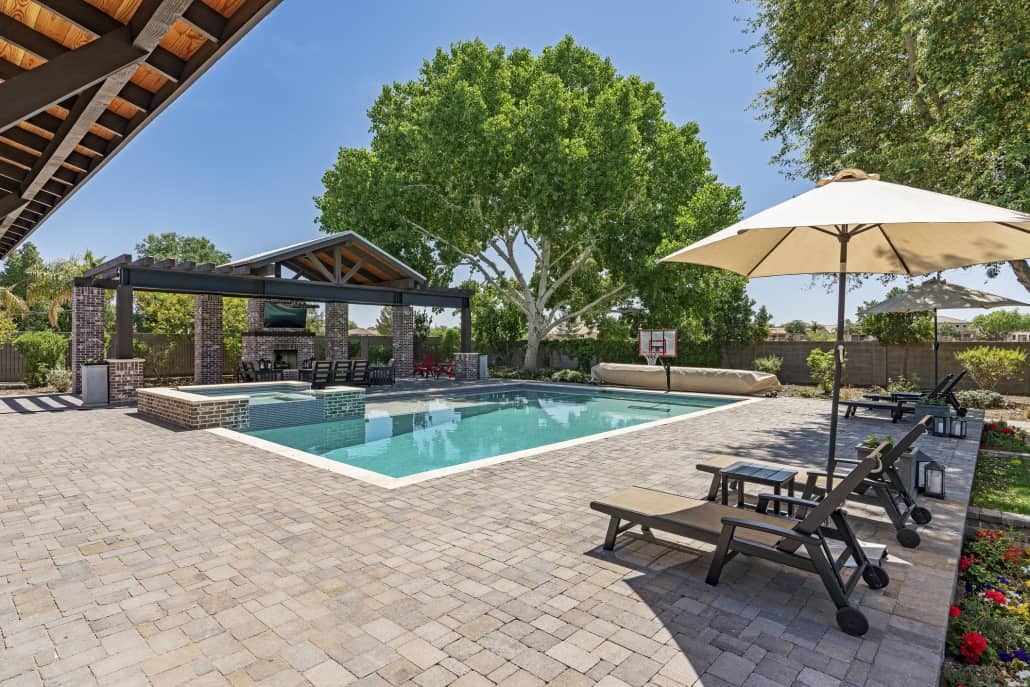
Ultimately, the elements of the outside world, including your own family, are going to mess with the overall chemical makeup of your pool. To avoid bigger problems such as broken pool equipment and expensive swimwear looking dingy way before it should, make sure you or your pool maintenance crew keep those pH levels within their prime range of 7.2 and 7.8. If you’re new to this and have seen a drastic deterioration of your pool plaster, you can give us a call here at SoCal Pool Plaster. We can help you turn over a new leaf in 2019 and make sure your pool plaster is ready for your ideal pH levels.

